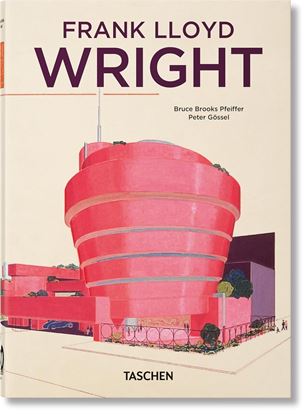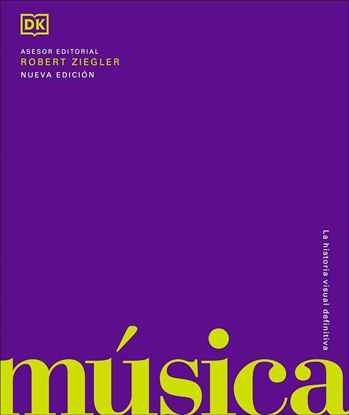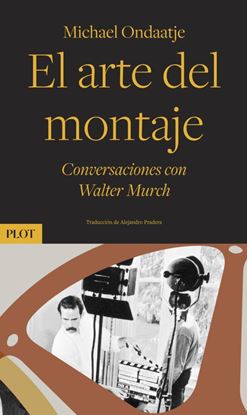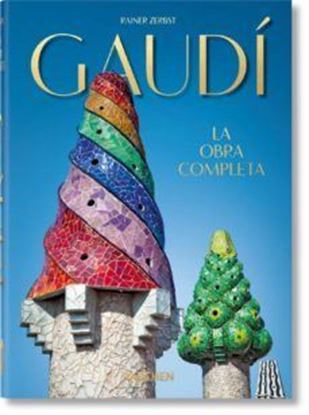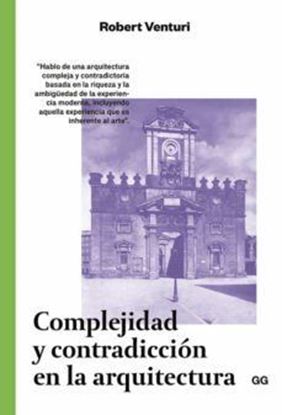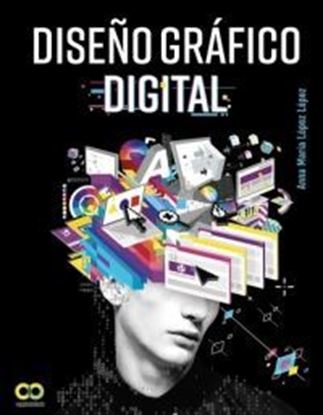

FRANK LLOYD WRIGHT 40TH ED. (GB)
A building by Frank Lloyd Wright (1867–1959) is at once unmistakably individual and evocative of an entire era. Notable for their exceptional harmony with their environment, as well as for their use of steel and glass to revolutionize the interface of indoor and outdoor, Wright’s designs helped announce the age of modernity, as much as they secured his place in the annals of architectural genius.
2,200
1,760
MUSICA. LA HISTORIA VISUAL DEFINITIVA
A lo largo de la historia, la música ha evocado todo el espectro de las emociones humanas, independientemente del país o la cultura. Este libro de historia de la música analiza esa experiencia universal desde una perspectiva cronológica y global: desde los primeros instrumentos musicales, elaborados con huesos y caracolas, hasta la sofisticación de las guitarras eléctricas y los sintetizadores.
Dado que cada tema musical se presenta en una concisa y atractiva doble página, es fácil viajar entre mundos musicales separados por continentes y siglos de distancia en un recorrido de unos pocos capítulos. Y no son solo las notas y los sonidos lo que se examina, sino también las absorbentes historias que tienen detrás.
2,200
1,760
EL ARTE DEL MONTAJE
Una aproximación al arte del montaje tanto de sonido como de imagen, a la creación, la técnica y los secretos que rodean ambos oficios.
Michael Ondaatje y Walter Murch se conocieron en el rodaje de El paciente inglés. La película, basada en la novela homónima de Ondaatje ganadora del Premio Booker, consiguió nueve Oscar: el de mejor montaje y el de mejor sonido reconocían el talento de Murch.
La curiosidad del escritor le llevó a acercarse a Walter Murch, alguien que trabajaba con un lenguaje en principio muy distinto al suyo. Aquel encuentro derivó en una amistad a la que hoy debemos uno de los mejores libros sobre cine.
Se trata de una mirada única sobre el trabajo de directores como Francis Ford Coppola, George Lucas, Anthony Minghella, Philip Kaufman o Fred Zinneman pero, sobre todo, es una aproximación de la manos de un genio al arte del montaje tanto de sonido como de imagen. El interrogatorio de un gran amante del séptimo arte como Michael Ondaatje se convierte en una lección magistral de cine.
2,200
1,760
GAUDI. LA OBRA COMPLETA (E) (40)
Antoni Gaudí fusionó orientalismo, formas naturales y materiales nuevos en una estética modernista única que colocó a Barcelona en el mapa global de la arquitectura. A través de nuevas fotografías, planos y dibujos realizados por el propio Gaudí, así como un extenso apéndice de todas sus obras que incluye mobiliario y proyectos inacabados, este...
La vida de Antoni Gaudí (1852-1926) fue compleja y contradictoria. En su juventud se unió al movimiento nacionalista catalán y fue crítico con la Iglesia; hacia el final de su vida se dedicó por completo a la construcción de un espectacular templo: la Sagrada Familia. De joven, Gaudí llevaba una vida social glamurosa digna de un dandi. En el momento de su muerte, atropellado por un tranvía en las calles de Barcelona, iba tan mal vestido que los transeúntes creyeron que se trataba de un vagabundo.
La incomparable arquitectura de Gaudí es una muestra de la complejidad de sus múltiples facetas. De las brillantes superficies y las formas orgánicas de la Casa Batlló a la matriz hispanoárabe de la Casa Vicens, su estilo modernista único muestra influencias del orientalismo, las formas naturales, los nuevos materiales y la fe religiosa. Aún hoy, su estética es reconocida en todo el mundo.
2,200
1,760
COMPLEJIDAD Y CONTRADICCION EN ARQUITECT
Aparecido por primera vez en 1966, Complejidad y contradicción en la arquitectura es uno de los textos de teoría de la arquitectura más importantes de la segunda mitad del siglo XX y uno de los primeros en cuestionar de una forma global y contundente las ideas y los preceptos del movimiento moderno. A partir del estudio y de la evidencia de cientos de obras de la historia de la arquitectura, en este implacable alegato Venturi desmitificó algunos de los presupuestos asumidos por la arquitectura moderna al poner en tela de juicio ciertas nociones del racionalismo ?como la simplificación, la coherencia o la tabla rasa respecto a la tradición? e introducir otros conceptos, hasta entonces insólitos, como la complejidad y la contradicción.
2,200
1,760
DISEÑO GRAFICO DIGITAL
En la era de la imagen, el perfil de diseñador gráfico se ha convertido en uno de los más demandados entre los profesionales generadores de contenidos digitales.En estos tiempos digitales, el diseñador gráfico debe explorar las posibilidades creativas de cada medio y optimizar la composición gráfica para lograr una mejor comunicación visual.
Aunque la mayoría de los proyectos de diseño gráfico se elaboran con herramientas digitales y programas de diseño, ello no implica necesariamente que estén bien preparados para su correcta difusión en pantallas digitales.A las competencias específicas del diseño gráfico tradicional es preciso añadir la creación de diseños optimizados para su difusión final en los nuevos medios y dispositivos digitales (sitios Web, redes sociales, smartphones, tablets, soportes publicitarios online, canales de marketing, etc.).Este libro aúna los conocimientos básicos de diseño gráfico tradicional con contenidos específicos para diseñar en la nueva era digital, como el uso de tipografía digital, el tratamiento informático del color, las técnicas de vectorización, la optimización de imágenes para la Web, el cálculo de la resolución más adecuada para cada medio, entre otros temas.Incluye, además, numerosos ejemplos a toda página de proyectos profesionales de diseño gráfico digital aplicados, con colaboraciones de renombrados diseñadores y de estudios de diseño gráfico de todo el mundo.
2,200
1,760


